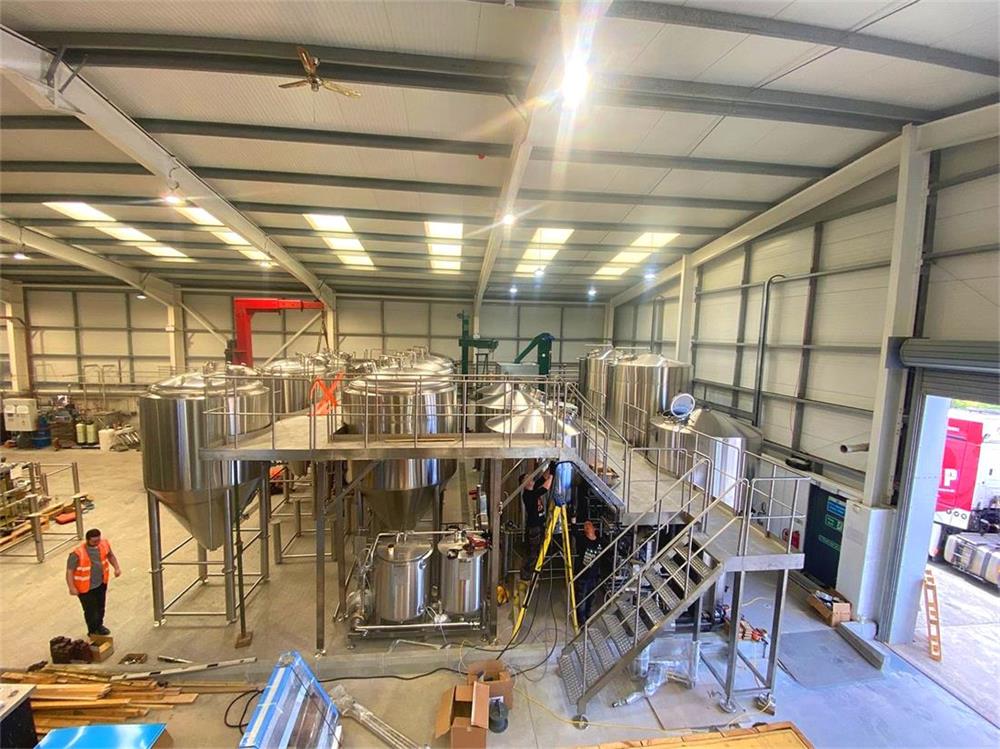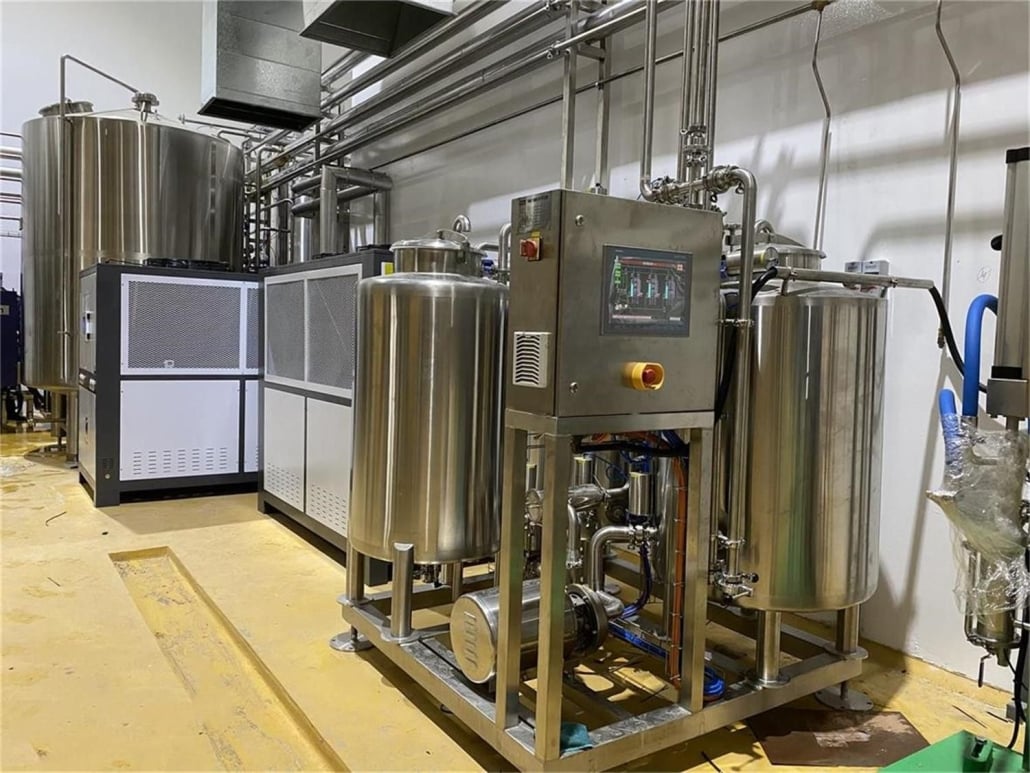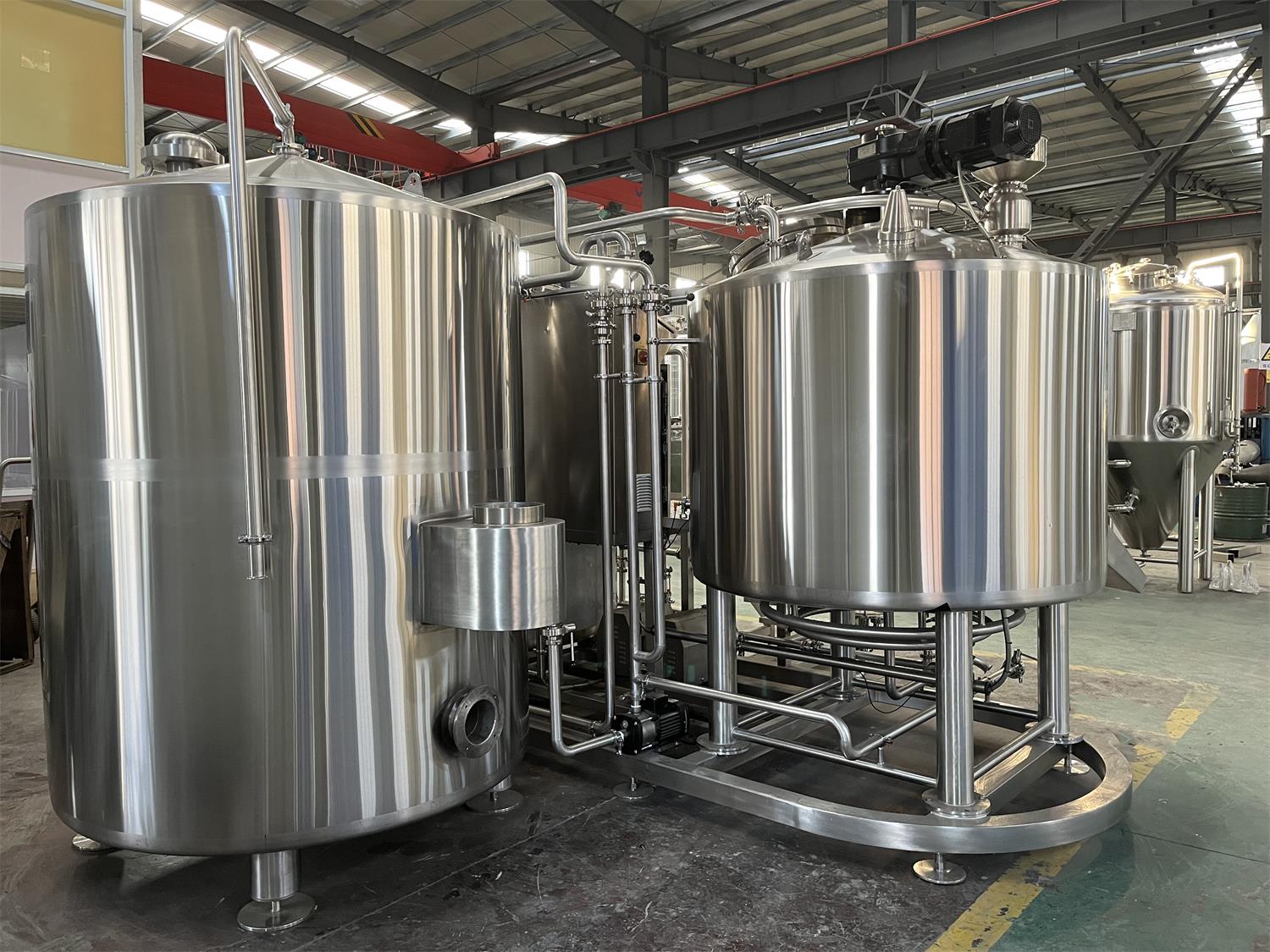The Comprehensive Guide to Buying a Beer Brewery for Sale
If you’re considering diving into the world of brewing, buying an existing beer brewery might be on your radar. This guide is designed to help you understand everything you need to know about purchasing a beer brewery, from the initial overview and equipment guide to the operational details and FAQs. Let’s dive in!
Overview of Buying a Beer Brewery
Purchasing a beer brewery is a significant decision that involves a blend of passion, investment, and strategic planning. Whether you’re an aspiring brewmaster or a seasoned entrepreneur, understanding what’s at stake and what to look for can make all the difference. Here’s a high-level overview of what to consider when buying a beer brewery:
- Type of Brewery: Breweries come in various sizes and types, including microbreweries, craft breweries, and large-scale production facilities. Each type serves different markets and has unique operational demands.
- Location: The location of the brewery can impact everything from logistics to customer base. Urban breweries might benefit from high foot traffic, while rural ones may offer more space and potentially lower costs.
- Condition of Equipment: The state of the brewing equipment is crucial. Well-maintained equipment can save you money and ensure a smooth transition, while outdated or poorly maintained equipment might require costly upgrades.
- Financial Health: Understanding the financial status of the brewery is essential. This includes evaluating profit margins, existing debts, and overall revenue trends.
- Regulatory Compliance: Breweries are subject to a variety of regulations, including health and safety standards, environmental laws, and alcohol distribution laws. Ensuring the brewery complies with all regulations is crucial.

Equipment Guide for Beer Breweries
When it comes to beer brewing, the equipment is the backbone of your operation. Here’s a detailed look at the various types of equipment you’ll encounter:
Brewing Equipment Overview
Brewing equipment ranges from small-scale homebrewing kits to large industrial systems. Key pieces of equipment include:
- Brewhouse: This includes the kettle, mash tun, and lauter tun. It’s where the brewing magic happens, from mashing grains to boiling the wort.
- Fermentation Tanks: These tanks are where the wort turns into beer through fermentation. They come in various sizes depending on the scale of production.
- Conditioning Tanks: After fermentation, beer often needs to mature. Conditioning tanks help in this process.
- Filtration Systems: These systems remove unwanted particles and ensure clarity in the final product.
- Packaging Equipment: From bottling lines to canning systems, packaging equipment is essential for distributing your beer.
Brewing Equipment Types
| Equipment Type | Description |
|---|---|
| Brewhouse | The central component of the brewery, consisting of the kettle, mash tun, and lauter tun. Responsible for brewing the wort. |
| Fermentation Tanks | Tanks where the wort is fermented into beer. Available in various sizes, including fermenters and conical fermenters. |
| Conditioning Tanks | Used to mature and condition the beer before packaging. Essential for developing flavor and clarity. |
| Filtration Systems | Systems that remove particulates and ensure the beer is clear. Includes mechanical filters and other technologies. |
| Packaging Equipment | Includes machinery for bottling, canning, and labeling. Essential for preparing beer for distribution. |
Brewing Process Explained
The brewing process involves several key steps, each crucial for producing high-quality beer. Here’s a breakdown:
- Mashing: This is where the malted grains are mixed with hot water to create a mash. The heat activates enzymes that convert starches into sugars.
- Lautering: The mash is then separated into liquid wort and solid grain husks. The wort, which is rich in sugars, will be boiled and hops will be added.
- Boiling: The wort is boiled and hops are added during this stage. Hops contribute to the flavor and bitterness of the beer.
- Fermentation: The boiled wort is cooled and transferred to fermentation tanks. Yeast is added, and fermentation begins. This process can take from a few days to several weeks.
- Conditioning: After fermentation, the beer is conditioned in tanks to develop its flavor and clarity. It’s a critical step that can significantly affect the final product.
- Packaging: Once conditioning is complete, the beer is packaged into bottles, cans, or kegs for distribution.
Brewing Equipment Capacities and Layouts
When considering a brewery, the capacity, layout, and customization options are crucial factors. Here’s a look at various parameters:
| Parameter | Description |
|---|---|
| Capacity | Refers to the volume of beer the brewery can produce. Capacities range from small (a few barrels) to large-scale production (thousands of barrels). |
| Space | The physical space required for brewing equipment, fermentation tanks, and packaging lines. Consider both production and storage space. |
| Design | The overall design of the brewery, including layout and workflow. A well-designed brewery ensures efficient production and ease of access. |
| Layout | The arrangement of equipment and work areas. Efficient layout minimizes unnecessary movement and improves workflow. |
| Customization | Options for customizing equipment to fit specific needs or preferences. Customization can include size, features, and design elements. |
Equipment Suppliers and Price Ranges
Finding the right suppliers for your brewing equipment is key to a successful purchase. Here’s a look at common suppliers and their price ranges:
| Supplier | Equipment Type | Price Range (USD) | Notes |
|---|---|---|---|
| Supplier A | Brewhouse | $50,000 – $150,000 | Known for high-quality, reliable equipment. |
| Supplier B | Fermentation Tanks | $20,000 – $75,000 | Offers customizable sizes and features. |
| Supplier C | Filtration Systems | $10,000 – $30,000 | Provides efficient and durable systems. |
| Supplier D | Packaging Equipment | $30,000 – $100,000 | Comprehensive solutions for bottling and canning. |
Installation, Operation, and Maintenance
Proper installation, operation, and maintenance are critical for the smooth functioning of a brewery. Here’s what you need to know:
| Aspect | Details |
|---|---|
| Installation | Professional installation is crucial for ensuring equipment is set up correctly and operates efficiently. |
| Operation | Understanding the operation of each piece of equipment is essential for smooth running. Training for staff may be necessary. |
| Maintenance | Regular maintenance helps in preventing breakdowns and prolongs the life of the equipment. Scheduled maintenance and prompt repairs are key. |
Choosing the Right Supplier
Selecting the right supplier can make or break your brewery’s success. Here’s a guide to help you choose:
| Criteria | Considerations |
|---|---|
| Reputation | Look for suppliers with positive reviews and a solid track record in the industry. |
| Experience | Suppliers with extensive experience in brewing equipment can offer valuable insights and reliable products. |
| Support | Ensure the supplier offers good customer support, including installation and maintenance services. |
| Cost | Compare costs but consider quality and support in addition to price. |
Pros and Cons of Buying a Beer Brewery
Before making a purchase, weigh the advantages and disadvantages:
| Aspect | Pros | Cons |
|---|---|---|
| Established Brand | Existing customer base and brand recognition can be a huge advantage. | May inherit existing issues or negative perceptions associated with the brand. |
| Equipment | Ready-to-use equipment and facilities save time and initial setup costs. | Equipment may be outdated and require upgrades or repairs. |
| Location | A well-chosen location can offer significant benefits in terms of customer access and logistics. | Location may come with higher costs or operational challenges. |
| Financial | Existing financials provide insight into profitability and operational costs. | Financial records might be complex, and hidden liabilities could be an issue. |

FAQ
Here are answers to some common questions about buying a beer brewery:
| Question | Answer |
|---|---|
| What should I look for in a brewery for sale? | Look for well-maintained equipment, a favorable location, solid financials, and compliance with regulations. |
| How can I evaluate the financial health of a brewery? | Review profit and loss statements, balance sheets, and cash flow statements. Consider hiring a financial advisor to help with the evaluation. |
| What are the typical costs involved? | Costs include the purchase price of the brewery, equipment upgrades, operational costs, and potential renovation expenses. |
| How do I choose the right equipment supplier? | Consider supplier reputation, experience, support services, and cost. Comparing multiple suppliers can help you find the best fit for your needs. |
| What are the key regulatory considerations? | Ensure compliance with health and safety standards, environmental regulations, and alcohol distribution laws. |
Share this entry
Interested in learning more about Brewing Systems including additional details and pricing information? Please use the form below to contact us!
YOLONG BREWERY EQUIPMENT FAQS
- Commercial Brewery / Craft Brewery / Microbrewery / Nanobrewery
- What is The Difference Between Craft Beer and Industrial Beer?
- The Bespoke Differences In Custom Brewing Systems
- Everything You Need to Know About Kettle Souring
- How to Choose Brewing Equipment for Your business?
- How To Choose The-Best Partner To Build Your Commercial Microbrewing System?
- Two Detection Sensors That You Need To Use In Your Brewhouse System
- Remote Control Applications in Brewing Equipment/How does it work?
- How To Clean Your Brand New Brewery Tanks?

